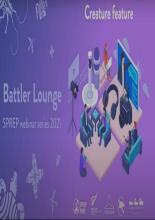Operation report on the field delivery period: Palmerston Atoll rat eradication project, August - September 2023

BRB
Available Online
Oyston, E. ) Department of Conservation
2023
This document reports on the operational acvies carried out over the field work delivery period of the Palmerston Atoll rat eradication. The purpose of doing this is to retain and build institutional knowledge and learnings for future operations; as well as report on the operational proceedings in the event they need to be referred to in the future. The operational delivery of the eradication was carried out in August and September 2023, with eradication validation monitoring anticipated to occur in March 2024. The project was funded by the New Zealand Ministry of Foreign Affairs and Trade through the Managing Invasive Species for Climate Change Adaptation in the Pacific (MISCCAP) programme. The planning and operational delivery of the eradication project was led by the New Zealand Department of Conservation (DOC), with collaboration and support for fieldwork provided by the Cook Islands’ National Environment Service, Te Ipukarea Society (a Cook Island non-governmental organisation), and the Palmerston Island community. The 6 months’ worth of operational planning for the project is detailed in the Palmerston Atoll Operational Plan (Oyston, 2023), and a feasibility study (Oyston, 2023a) was carried out prior to this in November 2022. The operational plan should be used for reference in conjunction with this document if the reader is unfamiliar with the site and project context.
